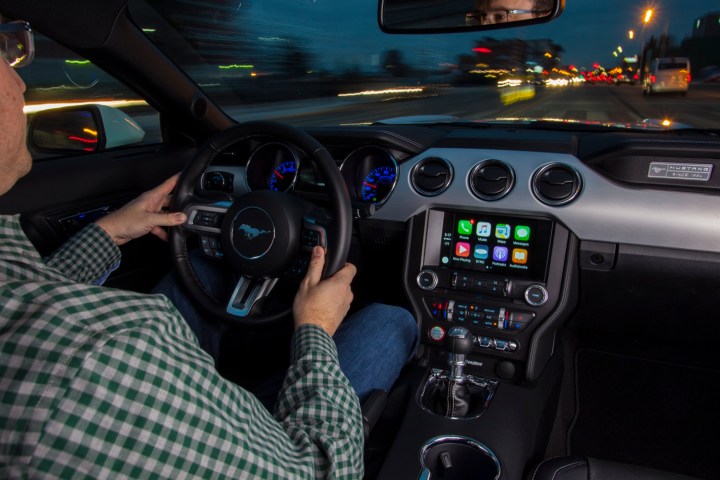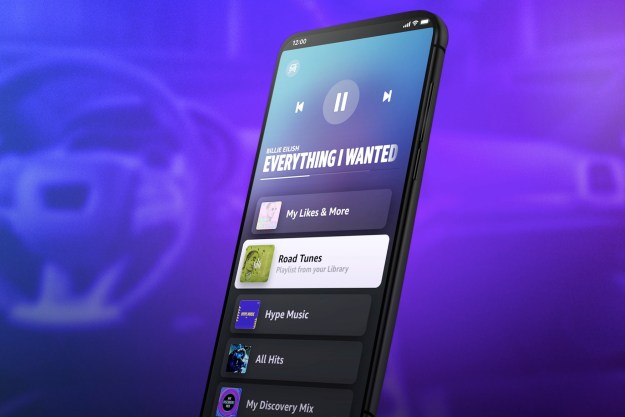
But now Ford is expanding availability of Sync 3 to all of its 2017 models, and with it Apple CarPlay and Android Auto. Several 2017 models, including the Escape, Explorer, Fusion, and Mustang, are already available with the system, but now Ford is filling in the gaps to include every car and light truck it offers. The 2017 Super Duty heavy-duty truck will also get Sync 3 when it launches later this year.
Sync 3 debuted on a handful of 2016 models as a replacement for the unloved Sync with MyFord Touch system. Improvements like a more responsive touchscreen and streamlined menus and voice commands elevated Ford out of the basement when it came to infotainment systems. Apple CarPlay and Android Auto should make Sync 3 more competitive with other carmakers’ systems, many of which already offer the features.
Read more: Ford Sync 3 Review
Both systems allow users to access their smartphones using a car’s built-in controls. They add a layer of Apple or Android-specific features to a car’s infotainment system, including similar interfaces, Siri voice control for Apple users, and Apple Maps or Google Maps. Users with compatible smartphones must download an app to interface with a car’s infotainment system. Ford says it will keep everything updated with over-the-air software updates as well.
In addition to Apple CarPlay and Android Auto, Ford continues to offer its own app suite, called Sync AppLink. It already includes apps like Spotify, Pandora, and AccuWeather, but Ford wants to entice developers to create more. It recently launched a free emulator that allows to simulate how Sync 3 will run an app using their own computers.
Ford says there are more than 15 million Sync-equipped vehicles on the road worldwide today, and expects that number to grow to 43 million by 2020.
Editors' Recommendations
- How to add Bluetooth to an older car
- GM plans to phase out Apple CarPlay for EVs, go all-in on Android integration
- Apple CarPlay feature to offer an easy way to pay for fuel
- BMW shipping cars without advertised Apple and Google features
- Every car compatible with Apple CarPlay


